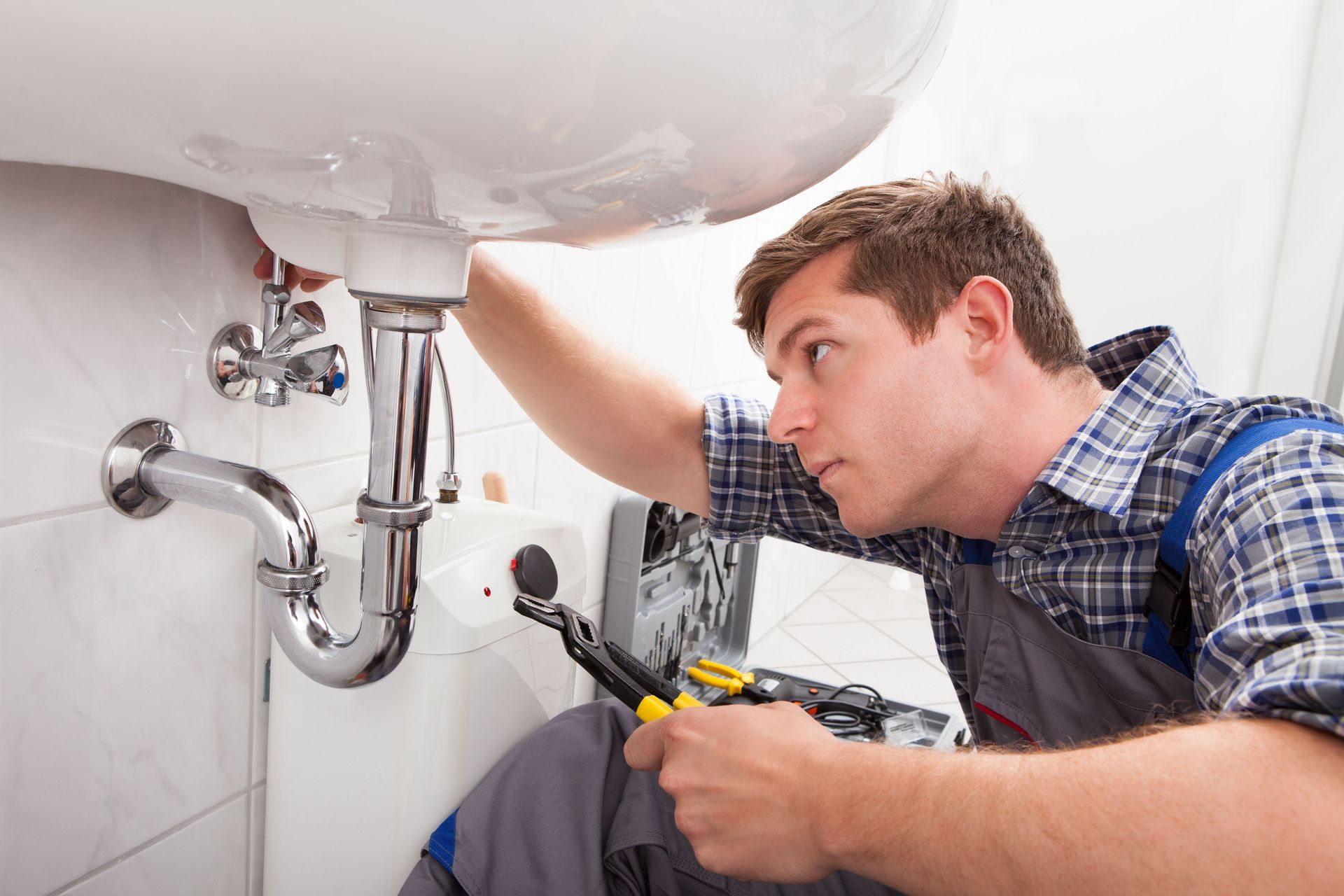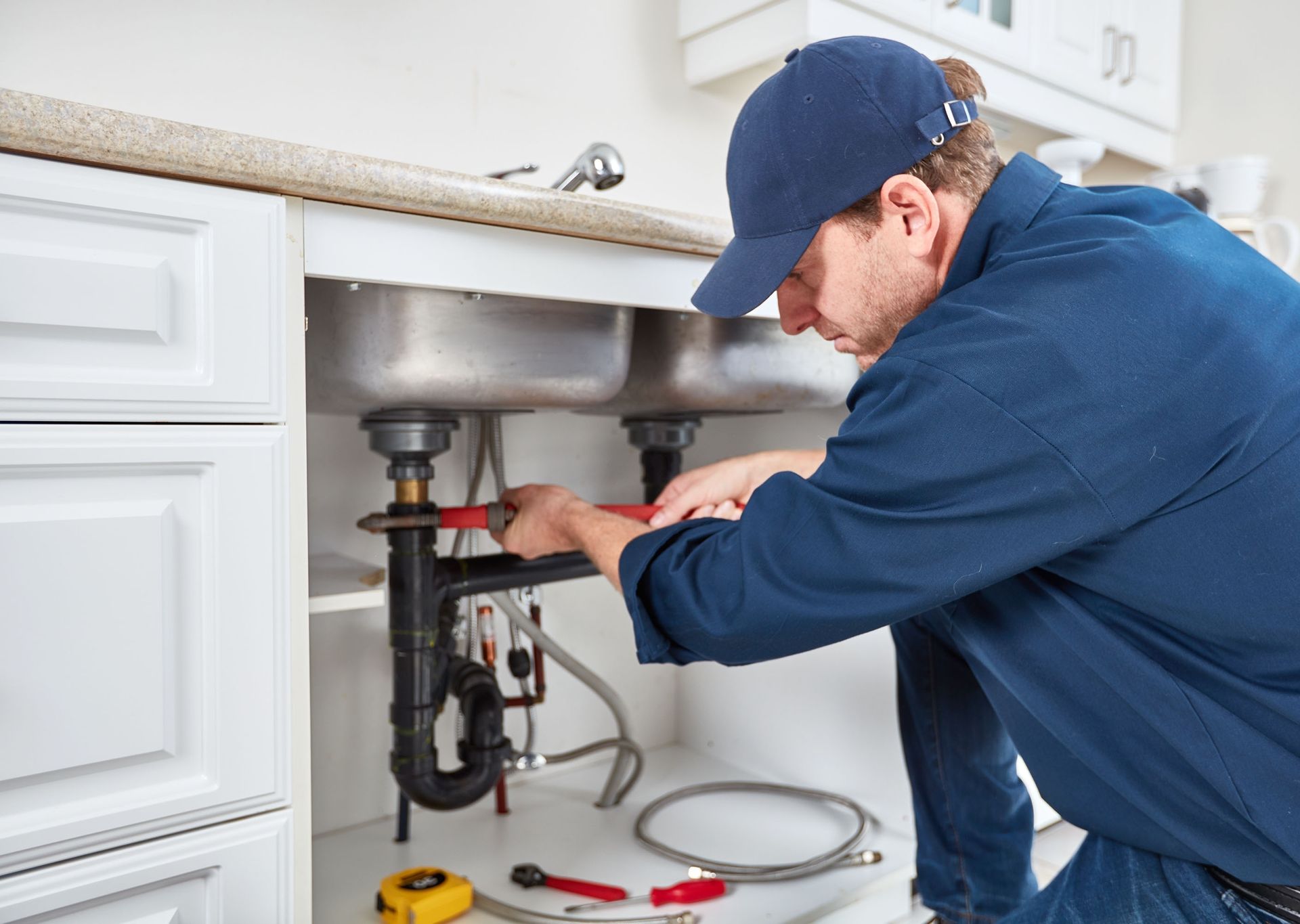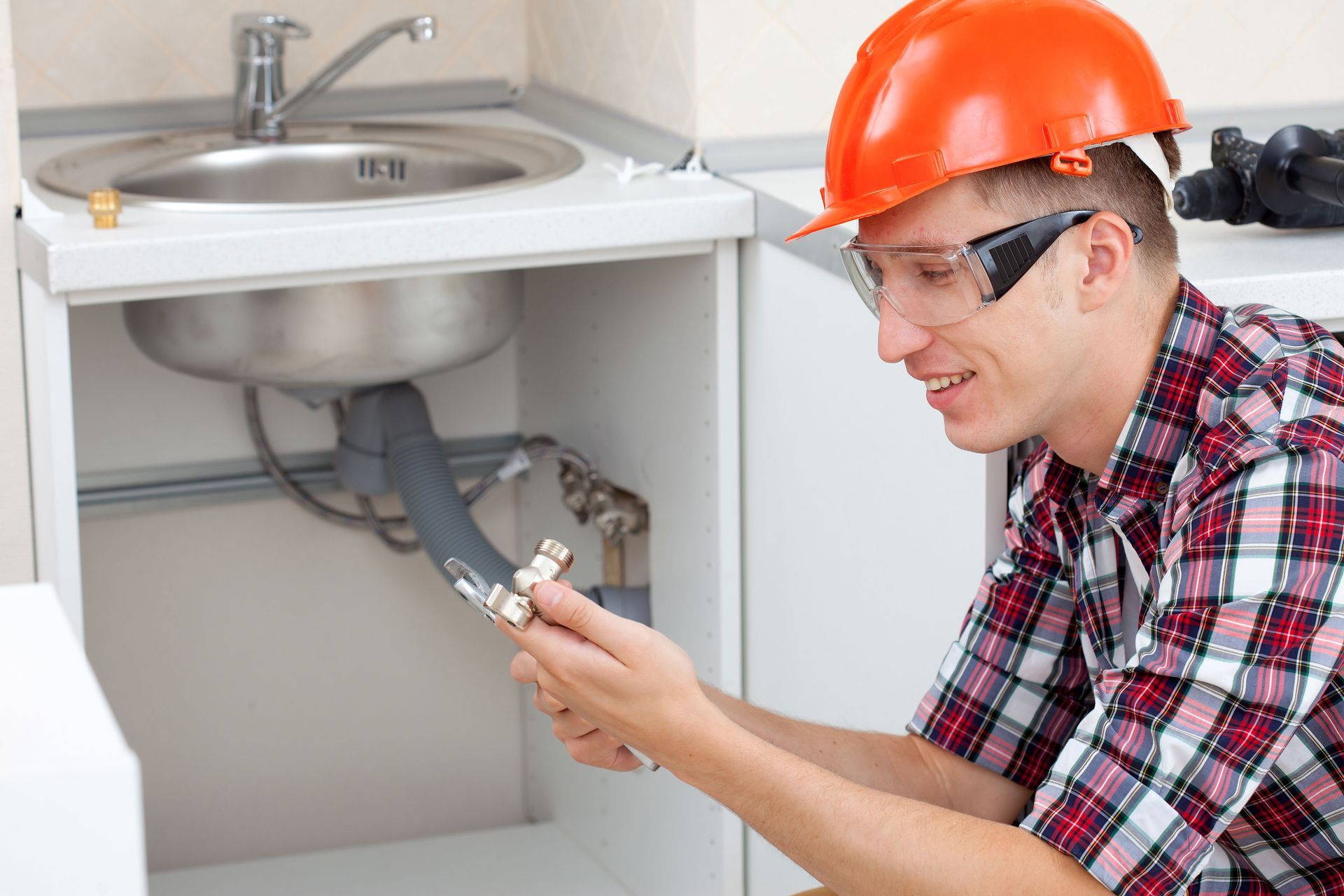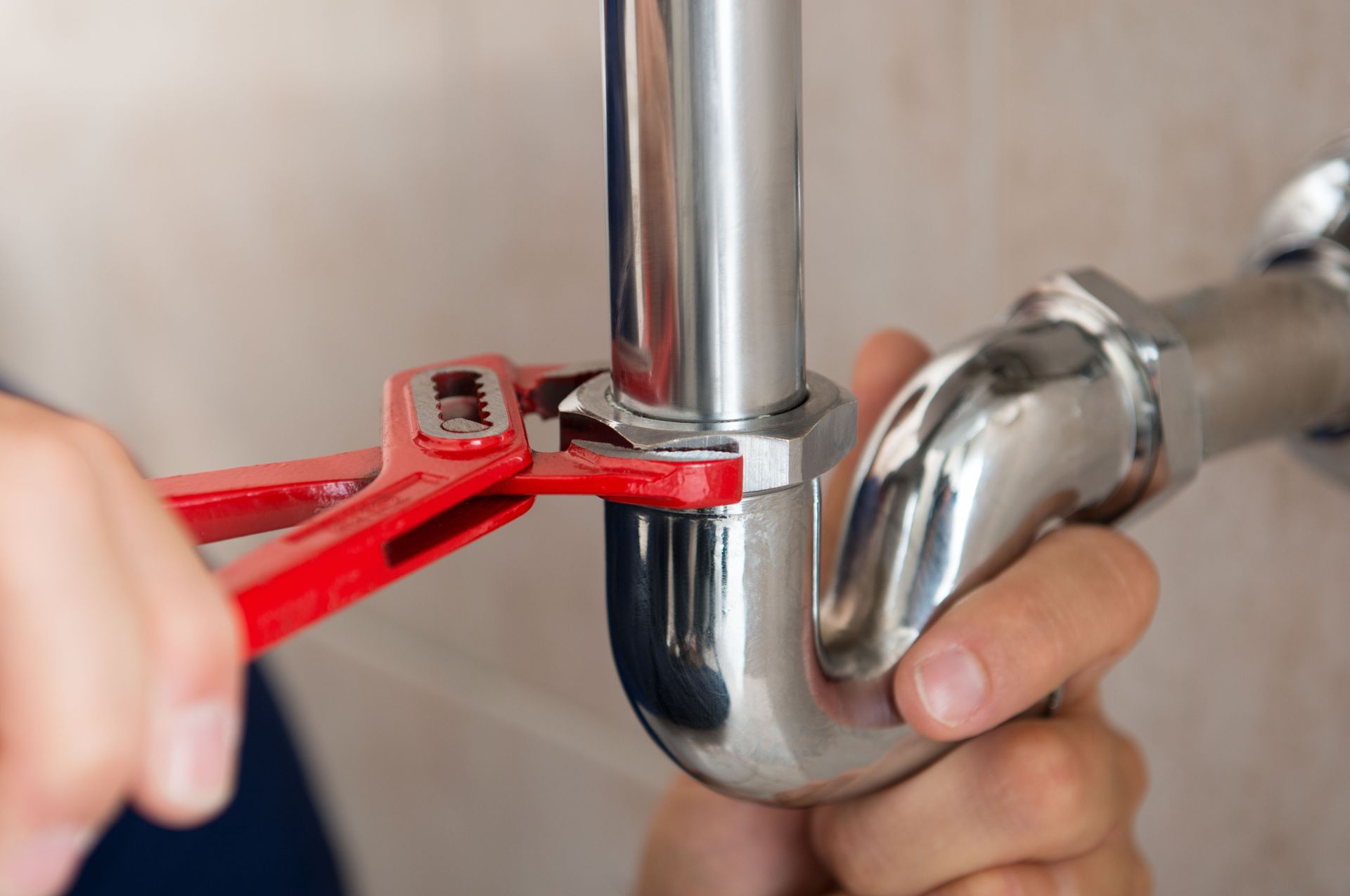5 Surprising Plumbing Facts That'll Encourage You to Conserve Water
Water is one of the planet’s most precious resources, yet many of us take it for granted. Understanding how plumbing systems contribute to water waste can encourage more mindful usage. Below, we uncover five surprising plumbing facts that will motivate you to start conserving water today.
1. Wasting Water Through Leaky Faucets
A single leaking faucet might seem minor, but the wasted water adds up quickly. According to the Environmental Protection Agency, small leaks can waste about 10,000 gallons of water each year—the equivalent of 270 loads of laundry. Fixing even the smallest drips promptly can help conserve water and reduce utility bills. If you’re uncertain about how to repair a leak, reaching out to a local plumber can prevent further waste and potential damage to your plumbing system.
2. Consuming the Most Water With Toilets
Toilets are one of the biggest sources of water consumption in homes, making efficiency upgrades an important step in reducing water waste. According to the Environmental Protection Agency, toilets account for the highest water usage in a household. The agency states that older toilet models use up to six gallons per flush, while modern low-flow toilets consume only 1.6 gallons per flush. The EPA further highlights that upgrading to a more efficient model can save a family of four over 13,000 gallons of water per year, contributing to both water conservation and lower utility bills.
3. Reducing Water Use With Efficient Shower Heads
Showers are a daily necessity, but they can also be a significant source of water consumption in households. According to the Environmental Protection Agency (EPA), standard showerheads use approximately 2.5 gallons per minute, meaning that a 10-minute shower consumes 25 gallons of water. The EPA states that switching to a WaterSense-certified showerhead, which uses no more than two gallons per minute, can result in annual water savings of 2,900 gallons. If multiple people in your household take daily showers, the savings add up quickly.
4. Preventing Hidden Leaks With Regular Maintenance
Leaks behind walls or underground can waste thousands of gallons before they’re detected. Regular inspections by a local plumber help catch problems early, preventing costly repairs and water damage. Simple maintenance, such as checking pipes for corrosion or replacing worn-out washers, can prevent significant water loss.
5. Conserving Water to Protect the Environment
Understanding these plumbing facts allows you to make informed choices about water usage. Fixing leaks, upgrading fixtures, and being mindful of daily habits contribute to significant water conservation. Every drop saved benefits both your wallet and the planet.
Small actions, such as fixing a dripping faucet or installing efficient plumbing systems, can make a lasting impact. By taking these steps, you ensure a more sustainable future while keeping your home’s plumbing in top shape. Contact Winters Plumbing today to get connected with our plumbing services.






Share On: